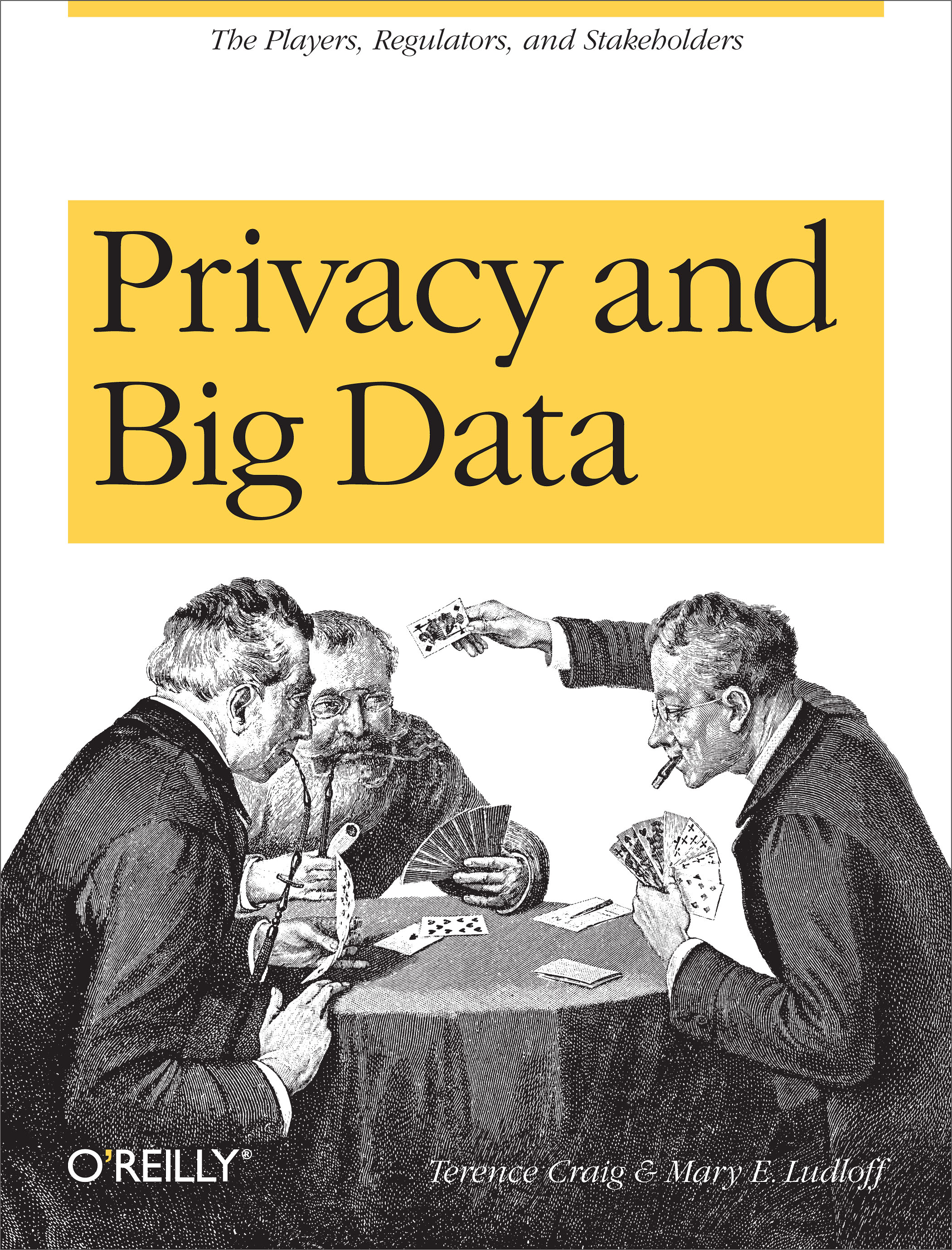This book deals with the evolution of monetary systems. Firstly, it argues that money forms a constitutional element in any private-ownership economy, estabÂ- lishing a nominal-standard order for the market behaviour of individual agents. The market economy is basically a payment society where money structures and values economic activities, and performs itself as a market asset. The use of reÂ- sources and the production of commodities are governed by calculations in moneÂ- tary values which subordinate production and employment to the logic of asset markets. The “veil” of money cannot be withdrawn, as a matter of fact and in theoretical analysis, without changing the economic order of society. Money originates from a credit relation between market agents, thus spot payments reÂ- place intertemporal exchange. Problems of low trust and information in mutual economic relations are projected onto the money medium in a monetary economy, thereby enhancing its efficiency and dynamics. The rate of interest is not related to time; it is the price for maintaining the agents’ solvency in the current period, and it determines a positive rate of return on capital and production. Secondly, the book shows that network externalities in the use of money led to monopoly solutions in the national and hegemonic leader-follower relations in the international economy.












